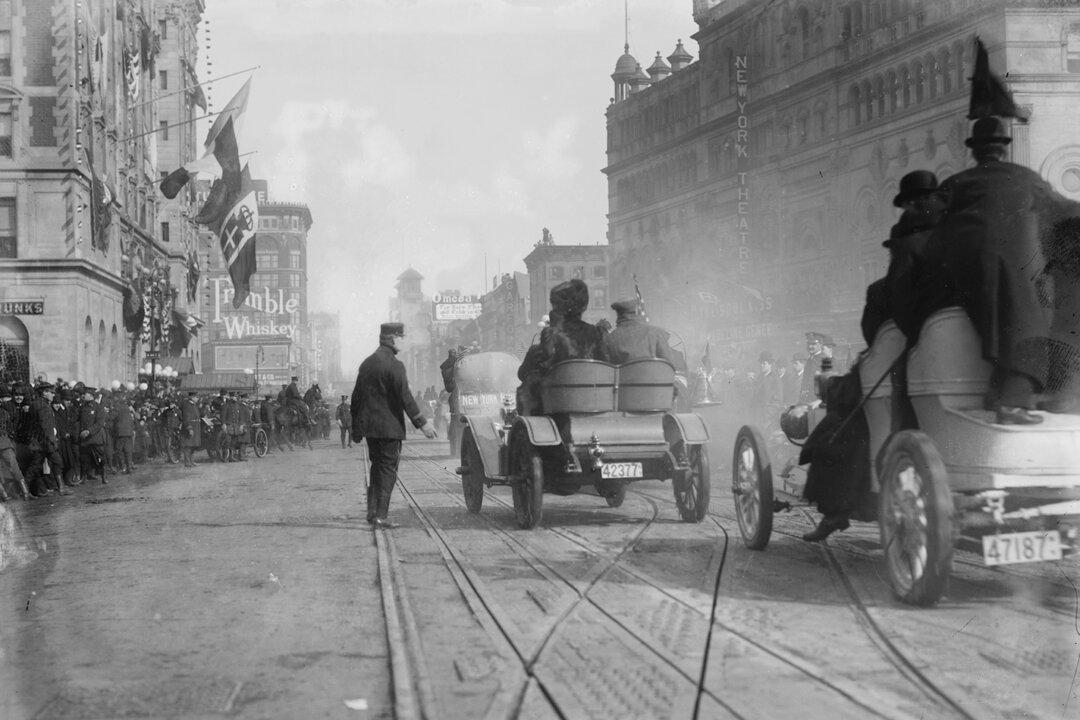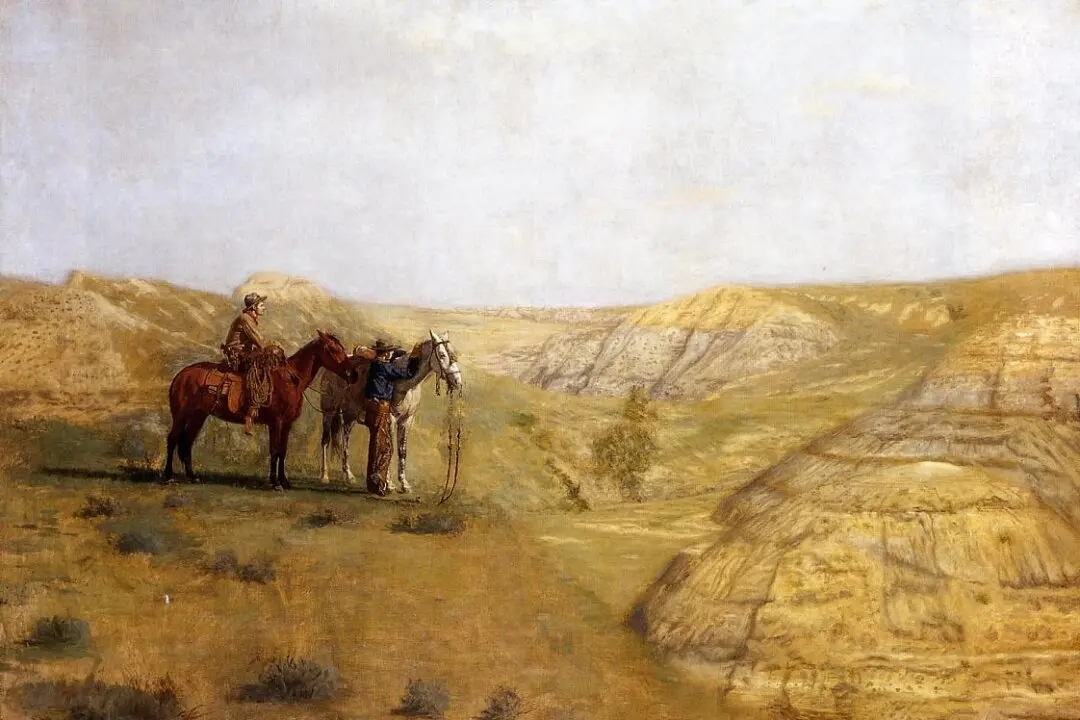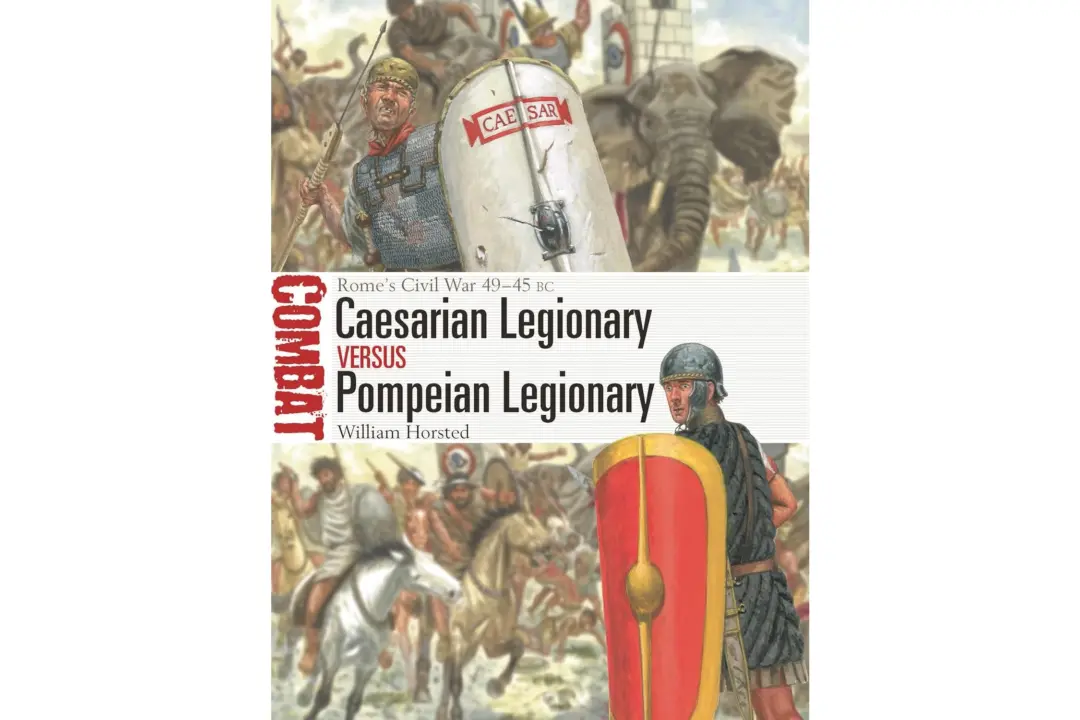George Schuster had come from Buffalo to Providence in another man’s car. The chief test driver for the E.R. Thomas Motor Company was delivering a recently purchased automobile to its new owner, while additionally teaching the owner how to operate the vehicle. It had been less than 15 years since the Duryea brothers covered approximately 250 feet along the rugged streets of Springfield, Massachusetts in what they called the “Buggyaut.” The “Buggyaut” was the first gas-powered vehicle to ever be tested on the road. Cars had advanced significantly by 1908, so much so that an international contest was organized and sponsored by The New York Times and the Parisian newspaper Le Matin. To exemplify precisely how far auto technology had advanced, the challenge was to drive around the world. The prize was $1,000.
Three French teams, one German team, and an Italian team had entered the race, but with such an insignificant financial reward, no American car manufacturer was interested. President Theodore Roosevelt, however, could not stomach the idea of foreign cars racing from New York City to Paris for the ultimate prize of national pride without at least one American team competing. Roosevelt contacted his friend E.R. Thomas and convinced him to enter a team into what the Smithsonian Magazine called “The Great New York-to-Paris Auto Race of 1908.”






